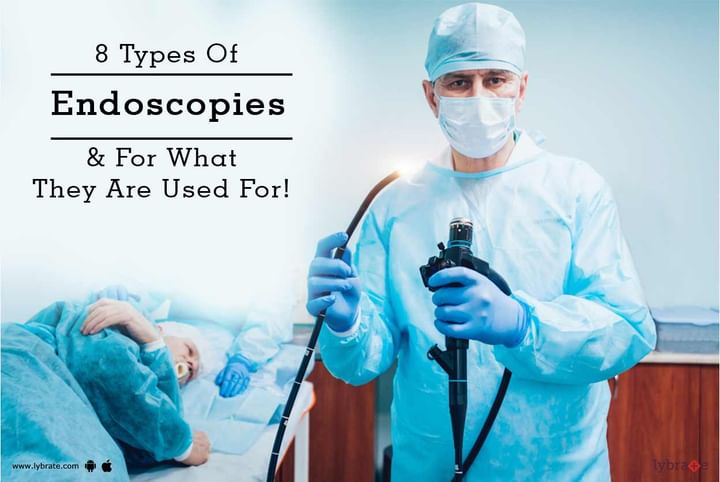8 Types Of Endoscopies & For What They Are Used For!
Since the development of modern medicine, doctors and health care professionals have always tried to come up with minimally invasive procedures for both diagnostic purposes as well as surgery. Endoscopy was developed to see inside a human body without the need for large incisions or surgery.
What is Endoscopy?
Endoscopy is a type of procedure wherein the doctor inserts a long thin tube into the body through an opening such as the mouth, anus or the urethra. Sometimes small incisions may be made on your body to insert the tube as well. The tube which is inserted within the body is fitted with a camera which allows the doctor to see what is wrong within your body, a specific section or organ. Doctors can even take images or videos of your organs which help them to determine a due course of action in your treatment. Endoscopy may also be used as a part of a laparoscopic operation to correct problems within the body, especially in cases wherein tissues have to be removed.
Types of endoscopy and its uses-
Although endoscopy could be used in any part of the body, there are certain areas where they are used more commonly than the others. Some of the types or endoscopies are mentioned below:
- Colonoscopy – Used to examine your colon wherein the scope is inserted through your anus
- Laparoscopy – This is one of the most common forms of diagnosis as well as surgery wherein the tube may be inserted through a small area in your abdomen or the pelvic area. This is not only used for imaging or diagnosis but is used in surgery as well.
- Arthroscopy – Here, an incision is made on the joints of your body to check for problems
- Cystoscopy – In this type, the tube is inserted through the urethral opening to check for problems in the urinary tract or the bladder. Another variation of this would be ureteroscopy.
- Enteroscopy – This is an endoscopic examination of the intestines wherein the tube is inserted via the anus or the mouth.
- Hysteroscopy – Here, examination of the uterus and the female reproductive organ is carried out wherein the endoscope is inserted into the vagina.
- Bronchoscopy – It entails an examination of the lungs wherein the scope may be inserted through the nose or mouth to check the lungs
- Upper gastrointestinal endoscopy - This is used for the examination of the esophagus and the upper intestinal tract.
Risks and safety-
Endoscopy is a widely performed and very reliable procedure. In the hands of a skilled doctor, endoscopy will be able to determine the cause of the problem and also correct the issues if surgery is also performed along with it. However, like any procedure, it does carry certain risks although the chances are fairly low. Some of the risks are mentioned as follows –
- Perforation or other injuries to your organs such as scraping or bruising
- Fever due to the introduction of foreign materials
- Persisting pain in the specific area wherein endoscopy was performed
- Swelling of the area wherein the tube was inserted
- Infections after the procedure
- Bleeding at the site of the incision or entry of the tube
However, these cases are rare and only occur in a very small section of the cases. Although there is minimal pain associated with the procedure, the benefits far outweigh the risks and inconveniences.



+1.svg)
